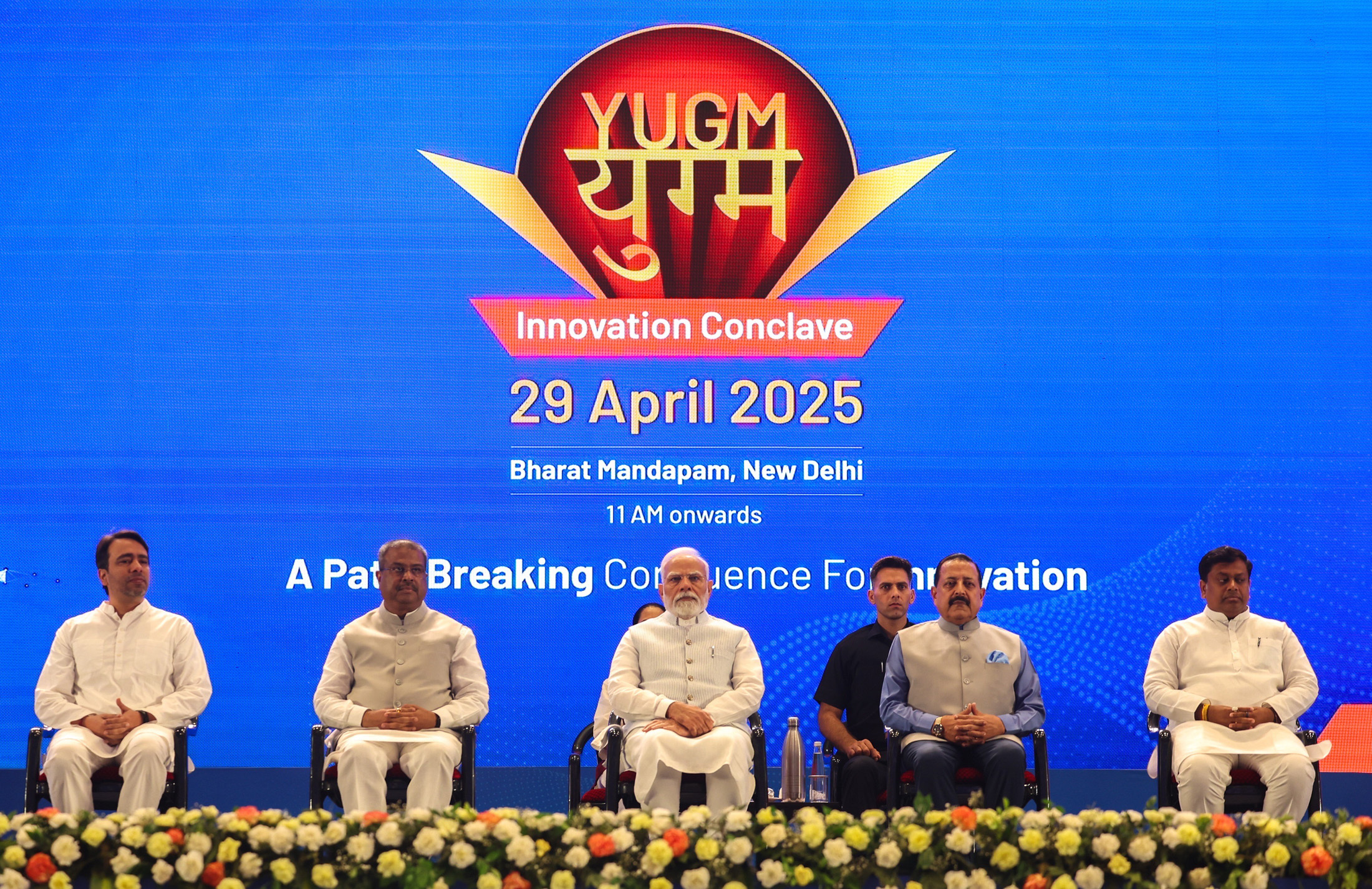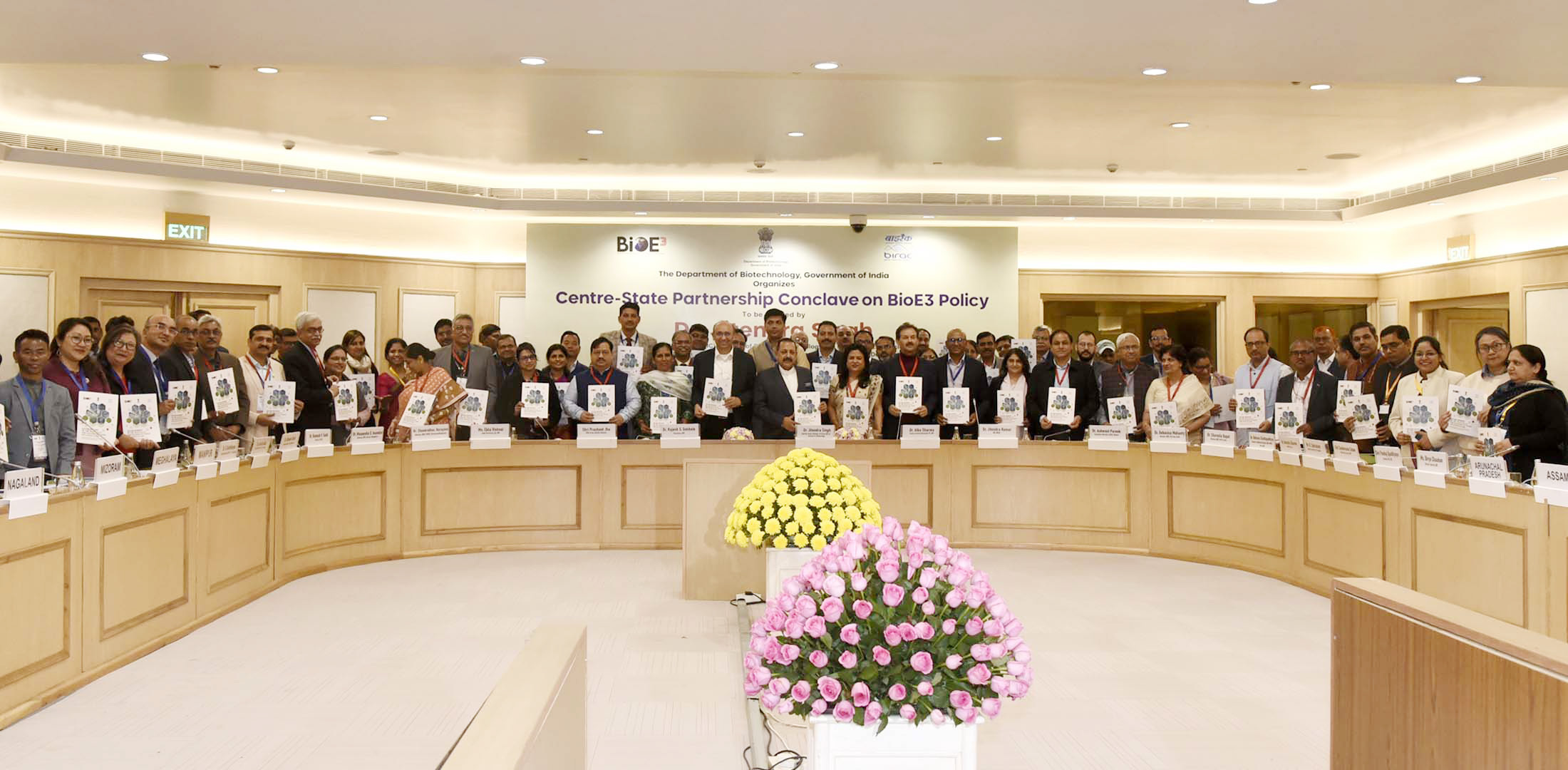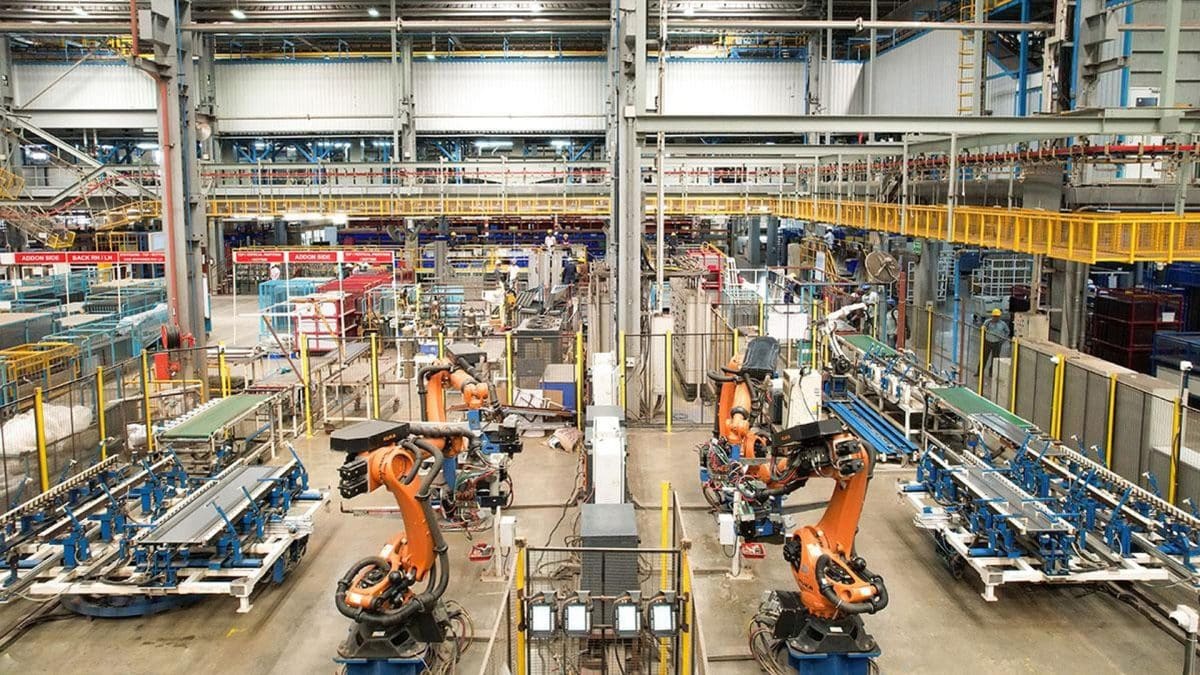
Author
Shivesh Pratap Singh is an accomplished author, columnist, and public policy analyst with over 13 years of professional experience as a management consultant. As a prolific writer, Shivesh has authored over 500 articles in leading Hindi and English newspapers, journals and magazines, addressing topics such as Modinomics, national interests, diplomacy and public policies. An Electronics Engineer, Six Sigma BlackBelt and IIM Calcutta alumnus in Supply Chain Management, he holds a Doctorate in Business Management (Honoris Causa) and has worked with leading global organizations, including Accenture, HCL Technologies, and Publicis Groupe. His professional expertise spans areas such as strategic sourcing & procurement, process excellence, sustainable development, energy efficiency, and professional services.

India’s patent filings have doubled in just over a decade, surging from around 40,000 in 2014 to over 80,000 by 2025. The country is now ranked 40th in the Global Innovation Index 2023, up from 81st in 2015, reflecting the impact of sustained policy focus and institutional reform. The YUGM Innovation Conclave, held at Bharat Mandapam in New Delhi on April 29, 2025, stands as a monumental step toward India’s

India, under the visionary leadership of Prime Minister Shri Narendra Modi, reaffirmed its global commitment to sustainable innovation and climate action at the Mission Innovation Annual Gathering 2025, held in Seoul, South Korea, from April 9 to 11, 2025. The event brought together top government officials, scientists, innovators, and clean energy stakeholders from around the world. Notably, India showcased its groundbreaking BioE3 Policy (Biotechnology for Environment, Energy, and Economy) and

The Third Industrial Revolution (TIR), also known as the Digital Revolution, began in the mid-20th century and was characterized by the rise of computers, telecommunications, and automation technologies. While many global economies capitalized on this transformation, India’s progress remained inconsistent and incomplete. Despite emerging as a significant player in IT services, India failed to fully industrialize and leverage technological advancements to transform its manufacturing, infrastructure, and R&D sectors. India’s sluggish